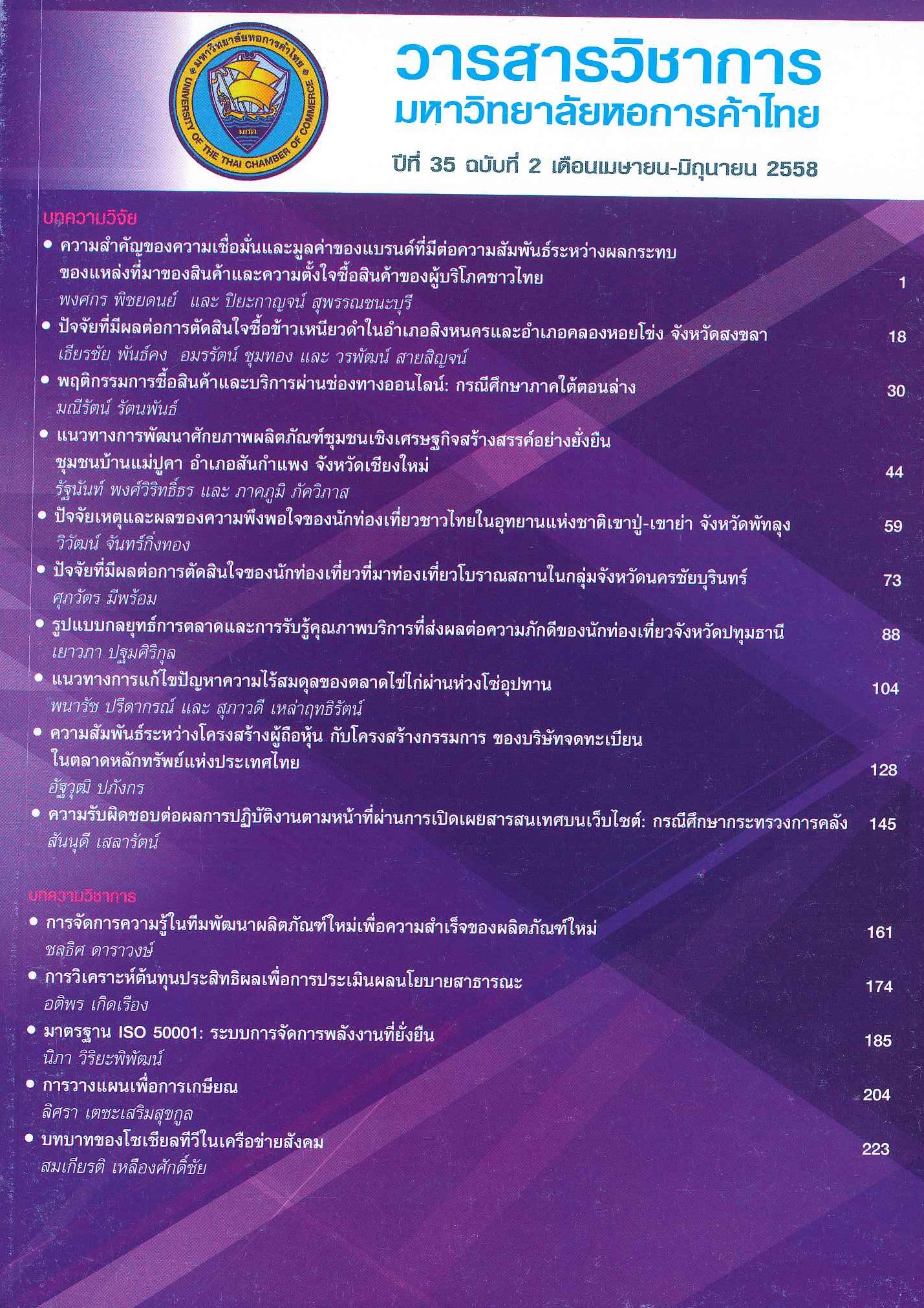Cost-effectiveness Analysis for Public Policy Evaluation
Main Article Content
Abstract
Human Capital theory is an economic concept which is referred to and applied for considering the output compared to the input. It is Cost-effectiveness Analysis. This concept represents the relationship between higher investment that results in higher output and consequently higher profit for the stakeholder. This can be understood because the higher output can bring higher outcomes and higher composition to the enterprise. The key purpose of Cost-effectiveness Analysis is to analyze the cash benefit in terms of worthiness evaluation. This analysis is a method to study an effect on the existing resource, which is a decision procedure for selecting the best choice of ways of spending money. Thus, cost effectiveness is one factor in an employment, fairness creation, and requirement, which can be used in further decision processes. In conclusion, there are 2 benefits for public policy in the Cost-effectiveness Analysis procedure, namely 1) compare the benefit with other alternatives, and 2) select a benefit after selecting alternatives. We may conclude that we can compare alternatives of cost and other benefits by considering the relationship with the initial objective. This also includes other relevant provisions, laws, and regulations, including problem resolution, technology, and limitations, which are a barrier in decision making.
Article Details

This work is licensed under a Creative Commons Attribution-NonCommercial-NoDerivatives 4.0 International License.
ลิขสิทธิ์ของบทความ
ผลงานที่ได้รับการตีพิมพ์ถือเป็นลิขสิทธิ์ของมหาวิทยาลัยหอการค้าไทย ห้ามมิให้นำเนื้อหา ทัศนะ หรือข้อคิดเห็นใด ๆ ของผลงานไปทำซ้ำ ดัดแปลง หรือเผยแพร่ ไม่ว่าทั้งหมดหรือบางส่วนโดยไม่ได้รับอนุญาตเป็นลายลักษณ์อักษรจากมหาวิทยาลัยหอการค้าไทยก่อน
References
Drummond, M.F., et al. 2005. Methods for the Economic Evaluation of Health Care Programmes. Oxford: Oxford University Press.
Hammer, M. and Champy, J. 1994. Reengineering the Corporation. London: Nicholas Brealey.
McCabe, C. 2009. What is Cost-Utility Analysis? [Online]. Available: https://news. bbc.co.uk/1/hi/health/7544927.stm
Moore, J. 1995. "Estimating the True Costs of Assisted Living." Contemporary Longterm Care 18, 12: 28.
Phillips, Ceri. 2009. What is Cost Effectiveness?. London: Hayward Medical Communications.
Suwanich, Parkorn. 2009. "Development Process of Community Based Environmental Public Policy in People Sector." University of the Thai Chamber of Commerce Journal 29, 4: 22-40. (in Thai).
ปกรณ์ สุวานิช. 2552. "กระบวนการพัฒนานโยบายสาธารณะด้านสิ่งแวดล้อมในภาคประชาชน." วารสารวิชาการ มหาวิทยาลัยหอการค้าไทย 29, 4 : 22-40.
Tipmanosing, Kwankamol. 2010. "The Right of People to Participate in The Process of Public Policy." University of the Thai Chamber of Commerce Journal 30, 4: 160-175. (in Thai).
ขวัญกมล ทิพย์มโนสิงห์. 2553. "สิทธิในการมีส่วนร่วมของประชาชนในกระบวนการนโยบายสาธารณะ." วารสารวิชาการ มหาวิทยาลัยหอการค้าไทย 30, 4: 160-175.
United Kingdom. National Institute for Health and Clinical Excellence. 2008. Guide to the Methods of Technology Appraisal [Online]. Available: www.nice.org.uk/ media/852/A7/TAMethodsGuideUpdated June 2008.pdf


